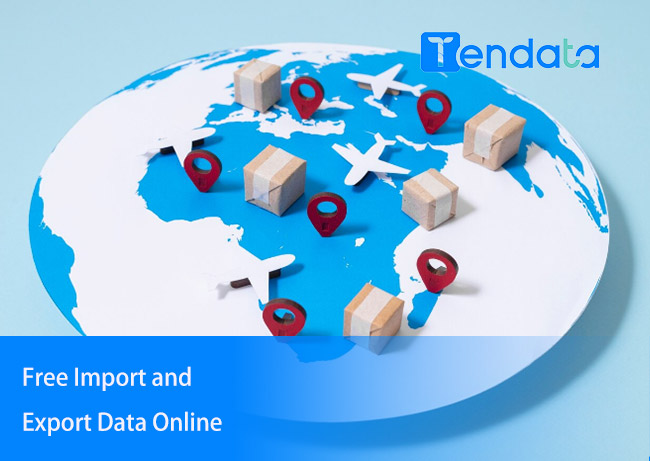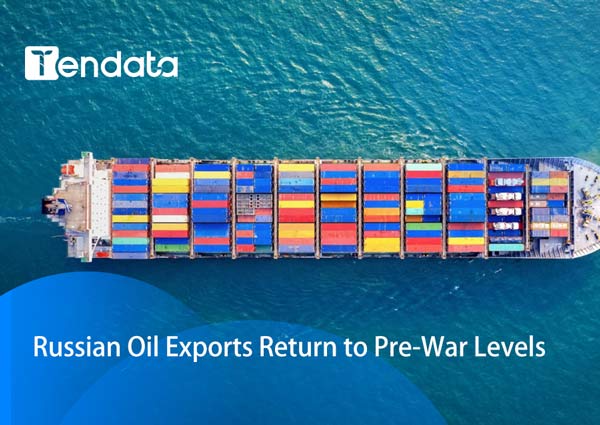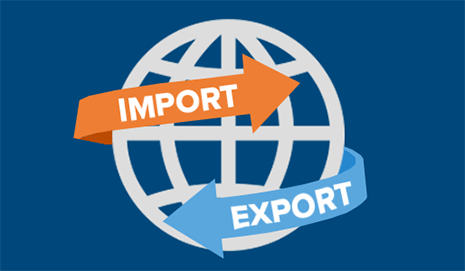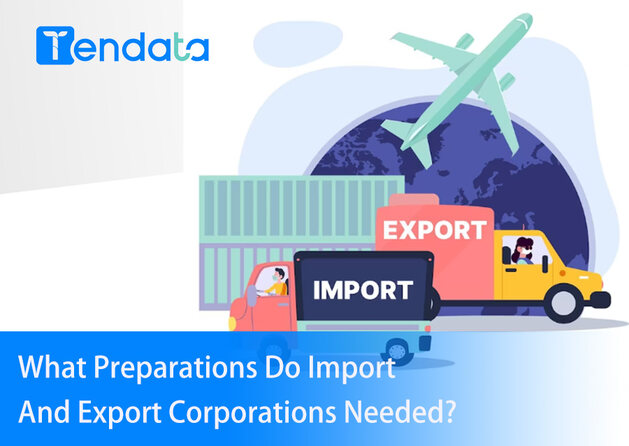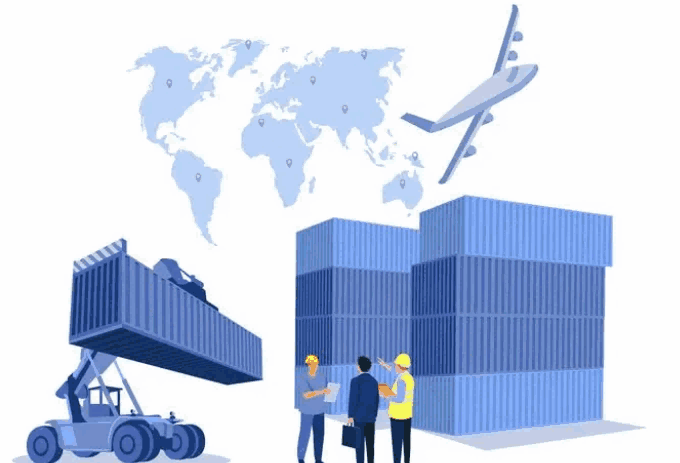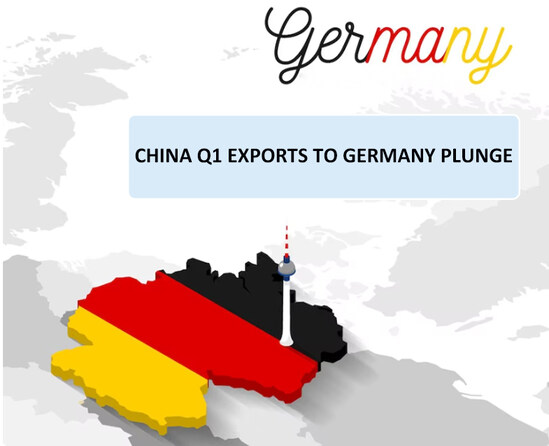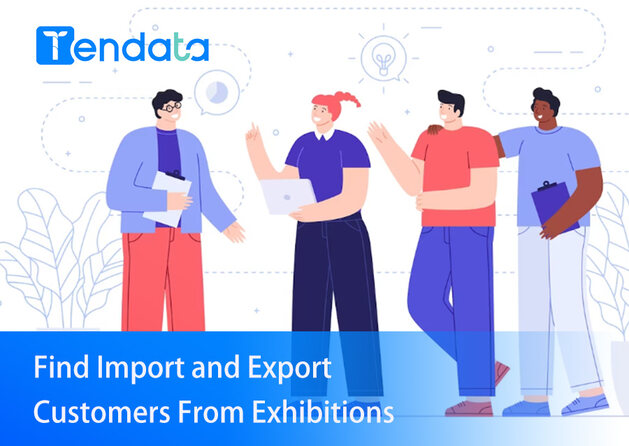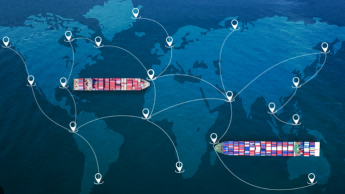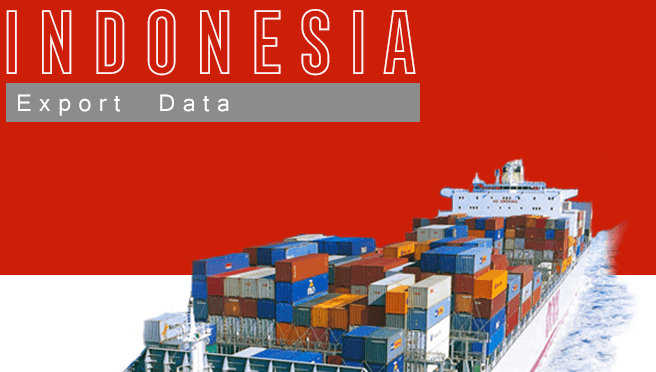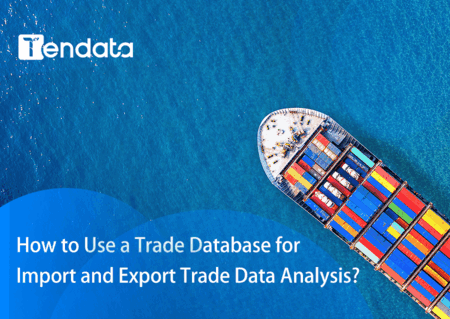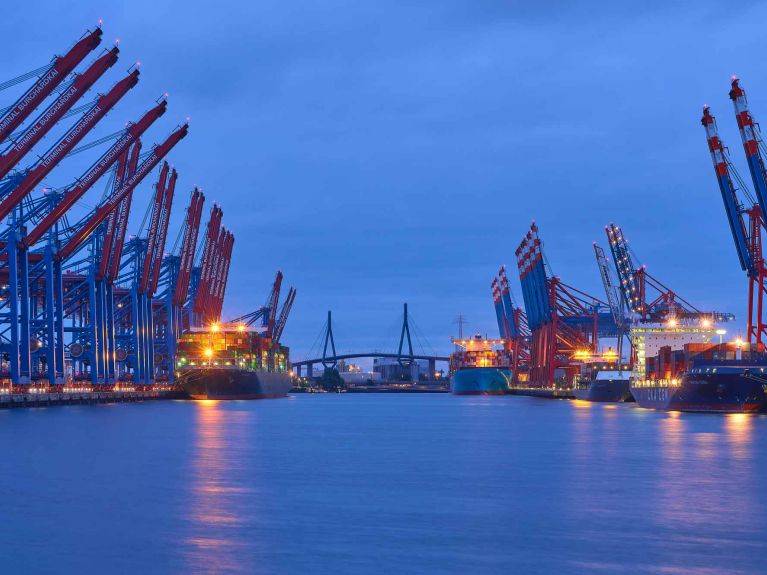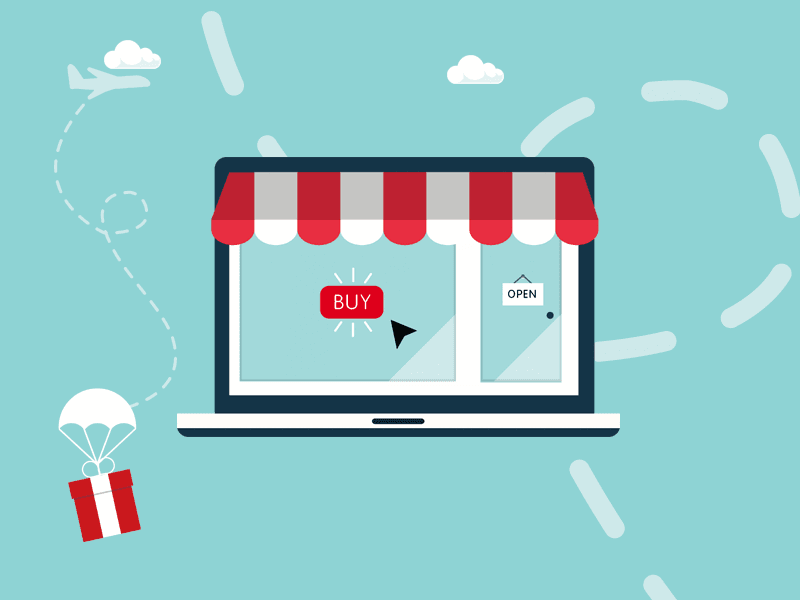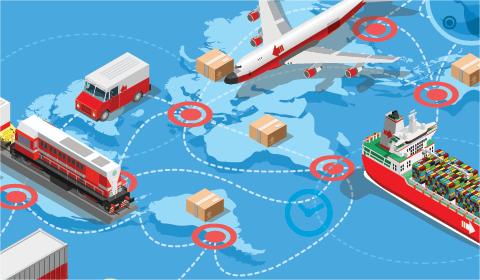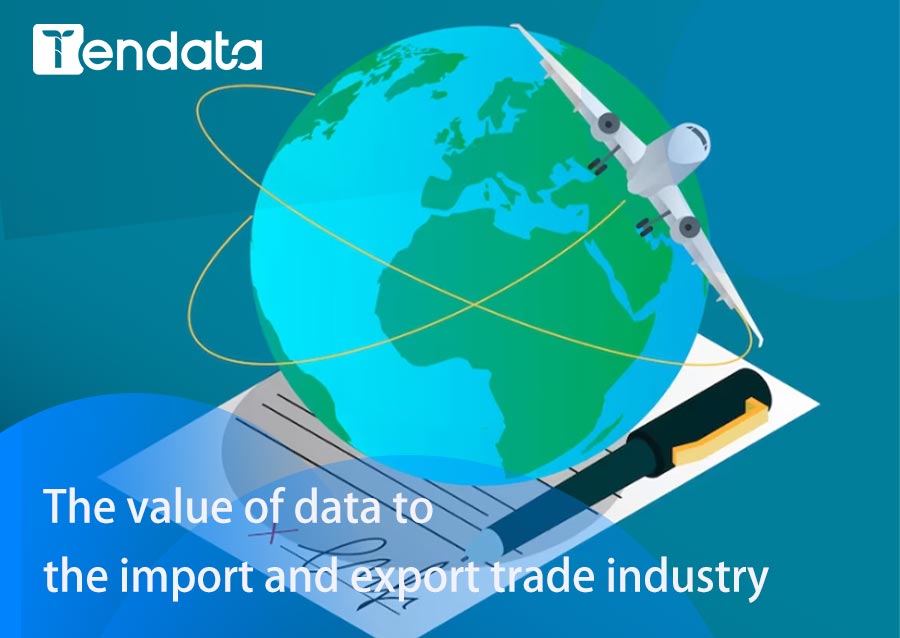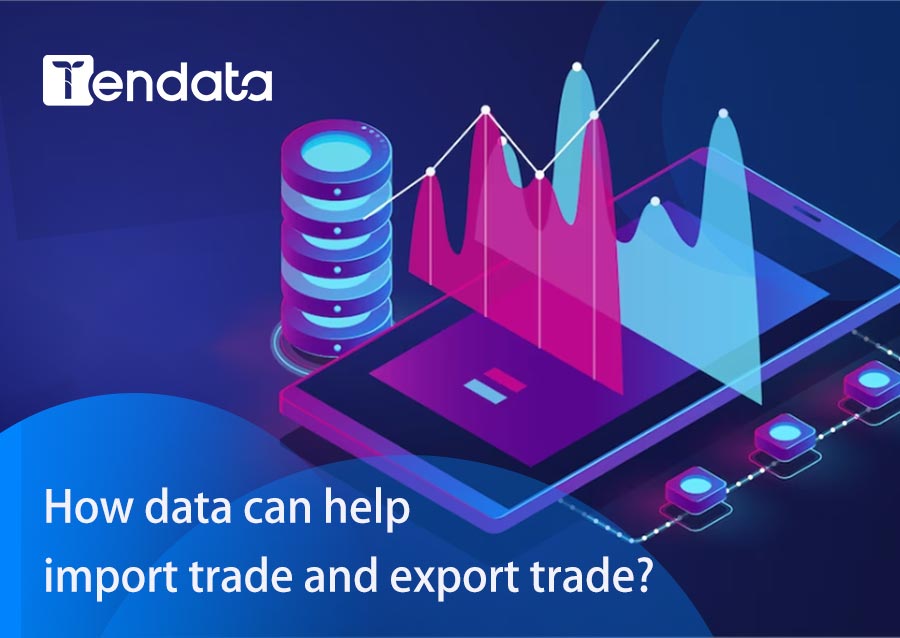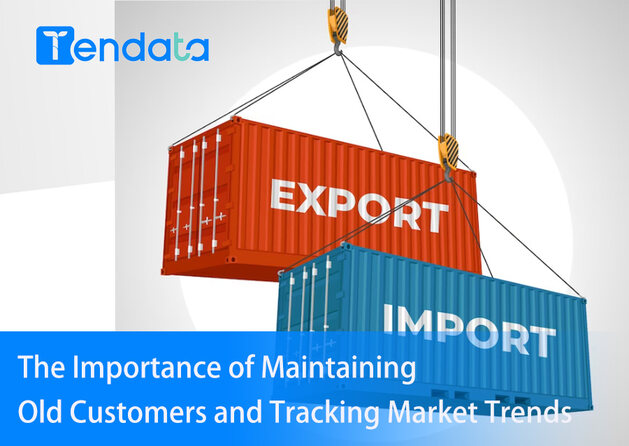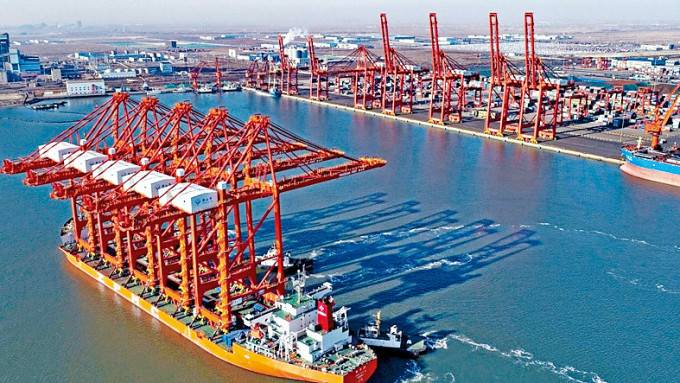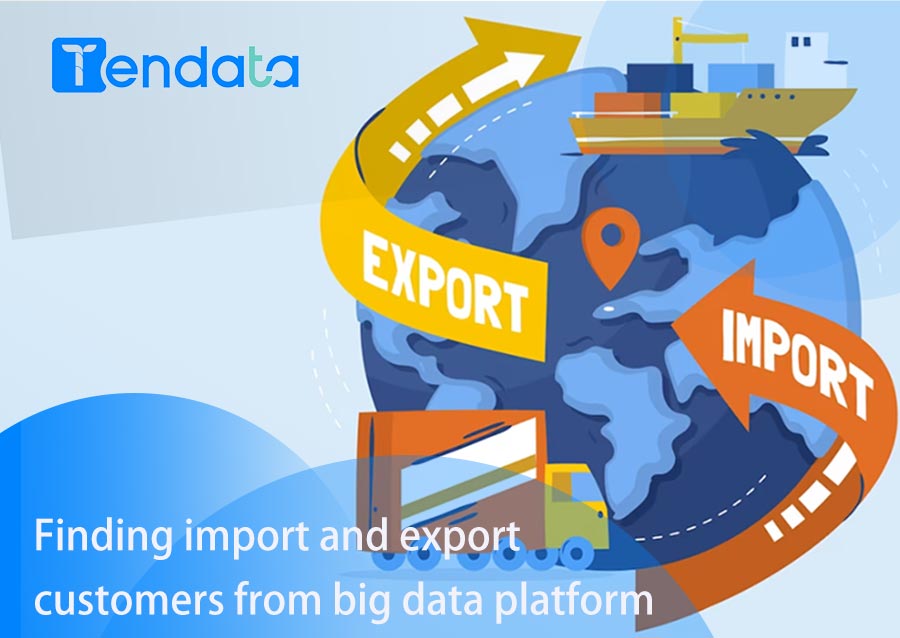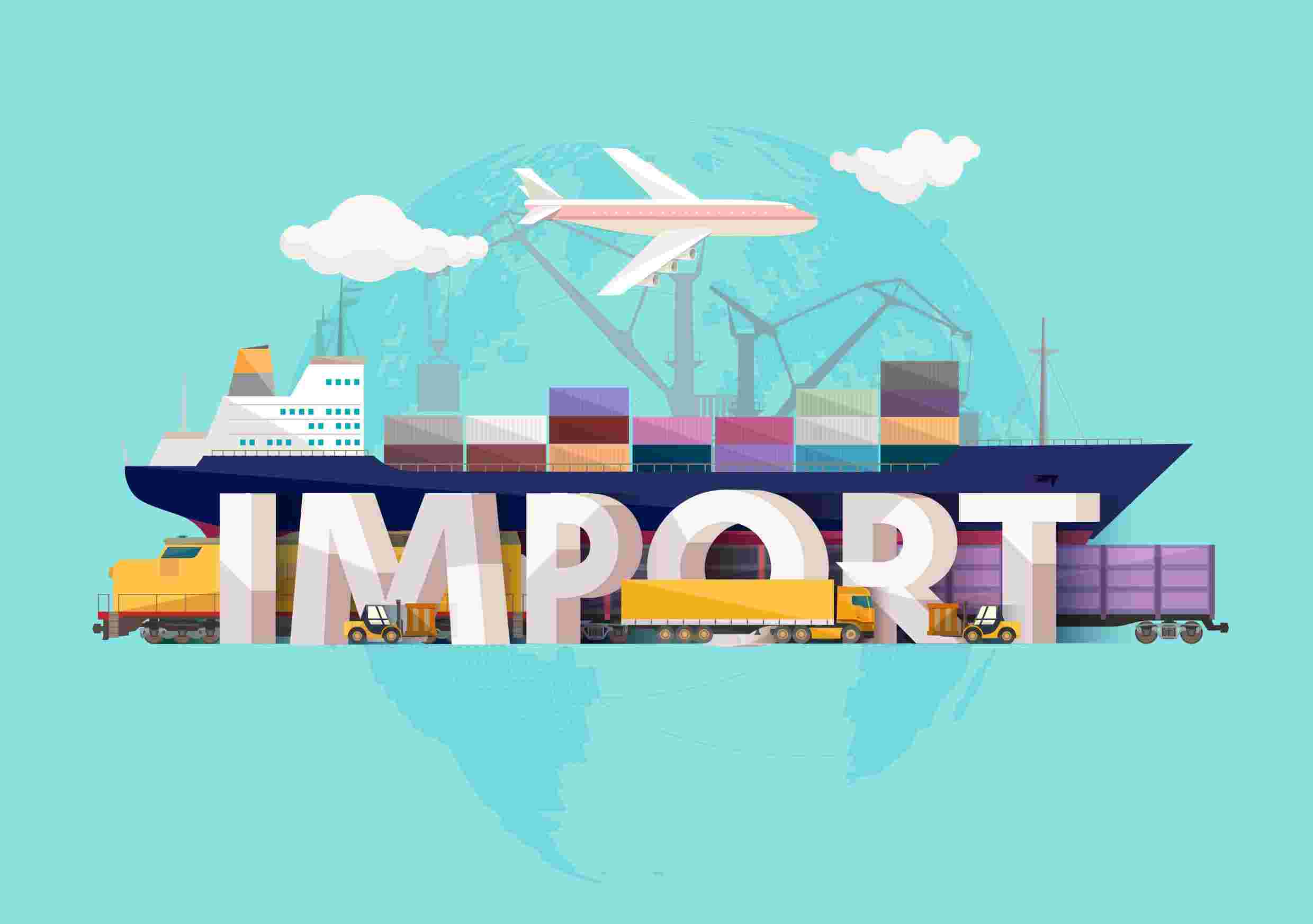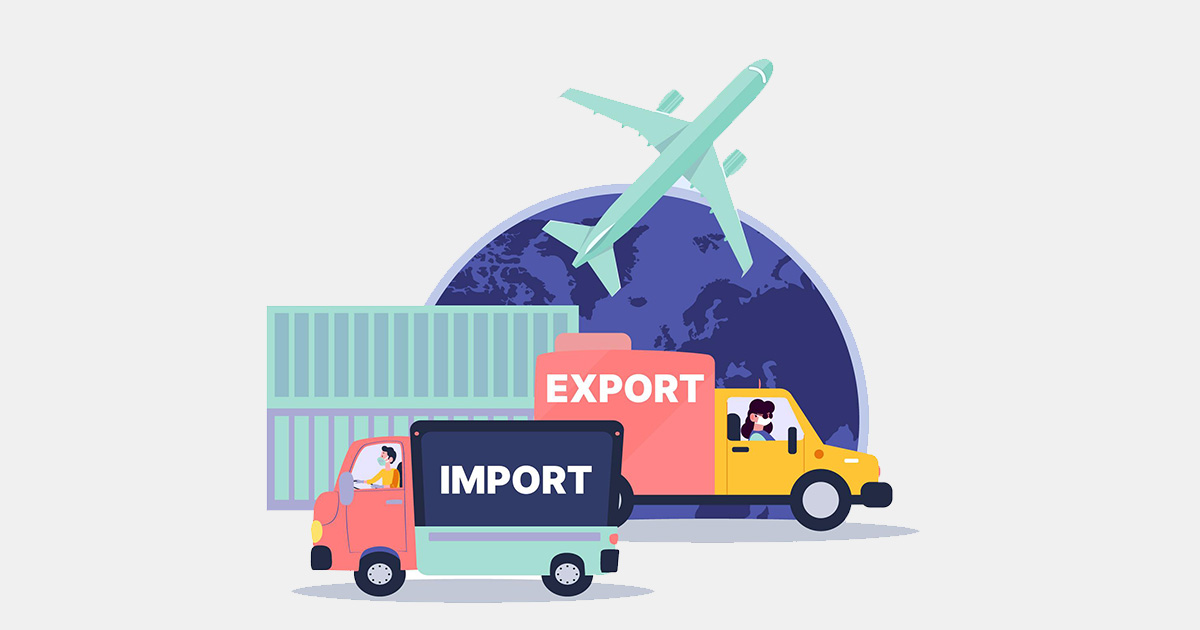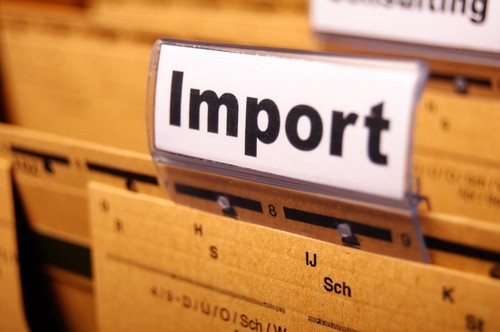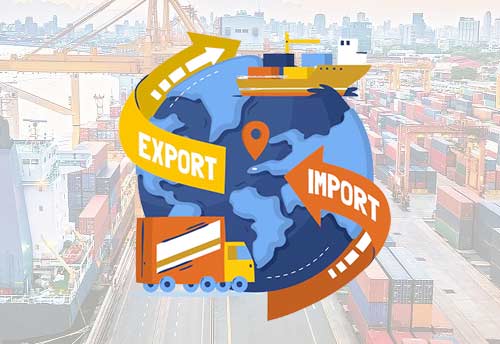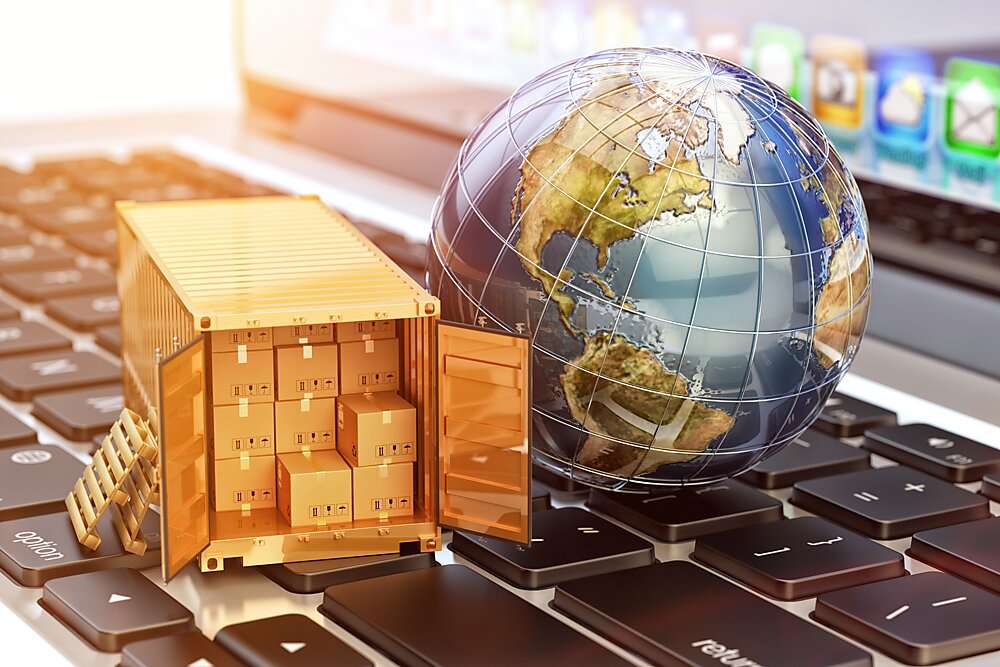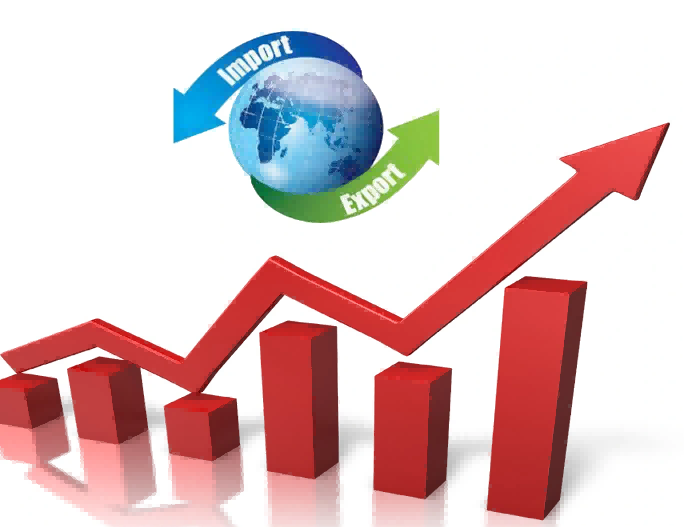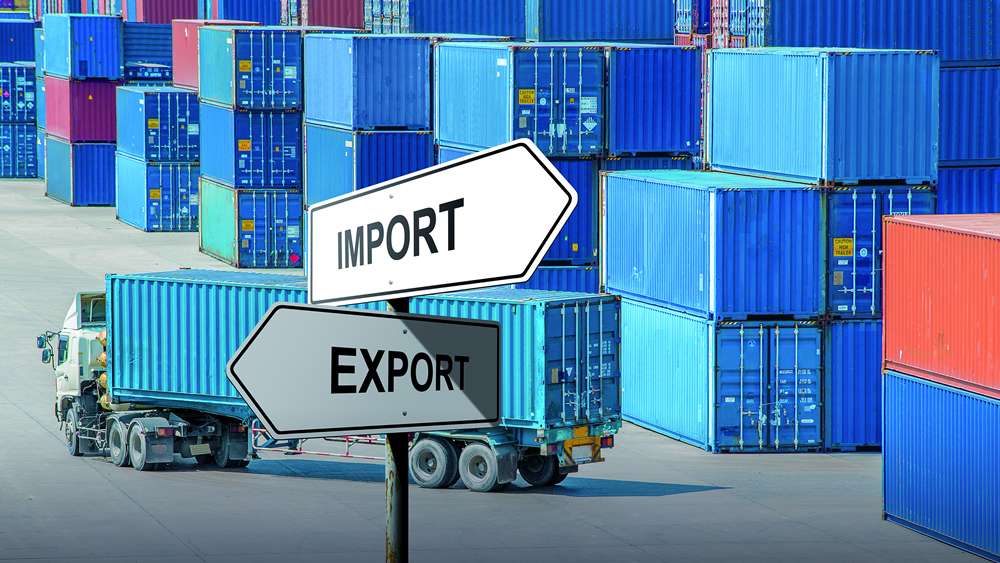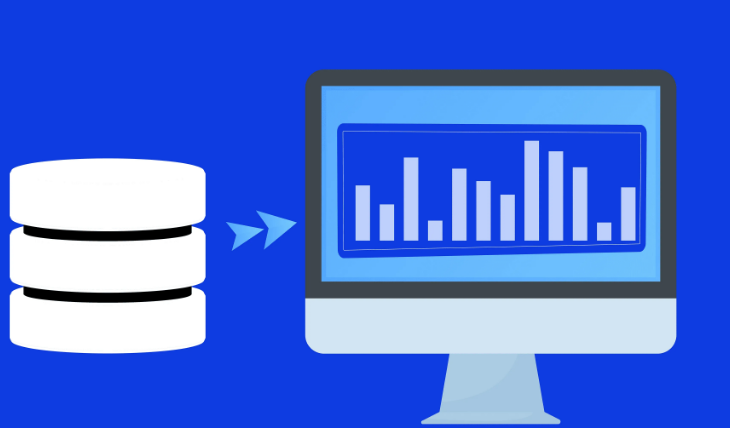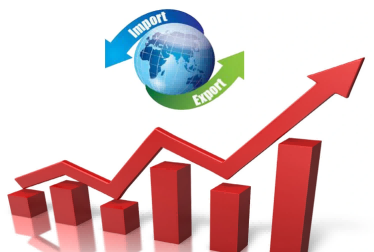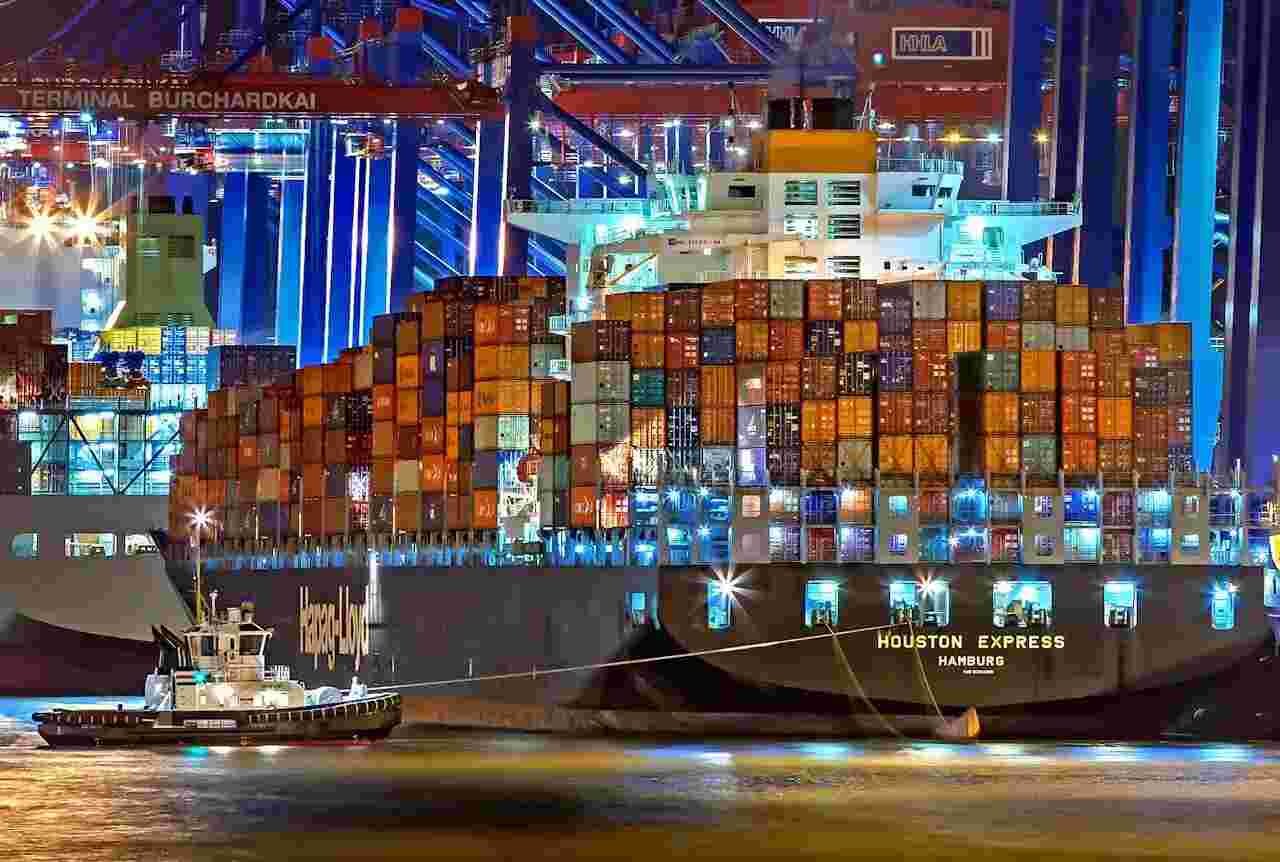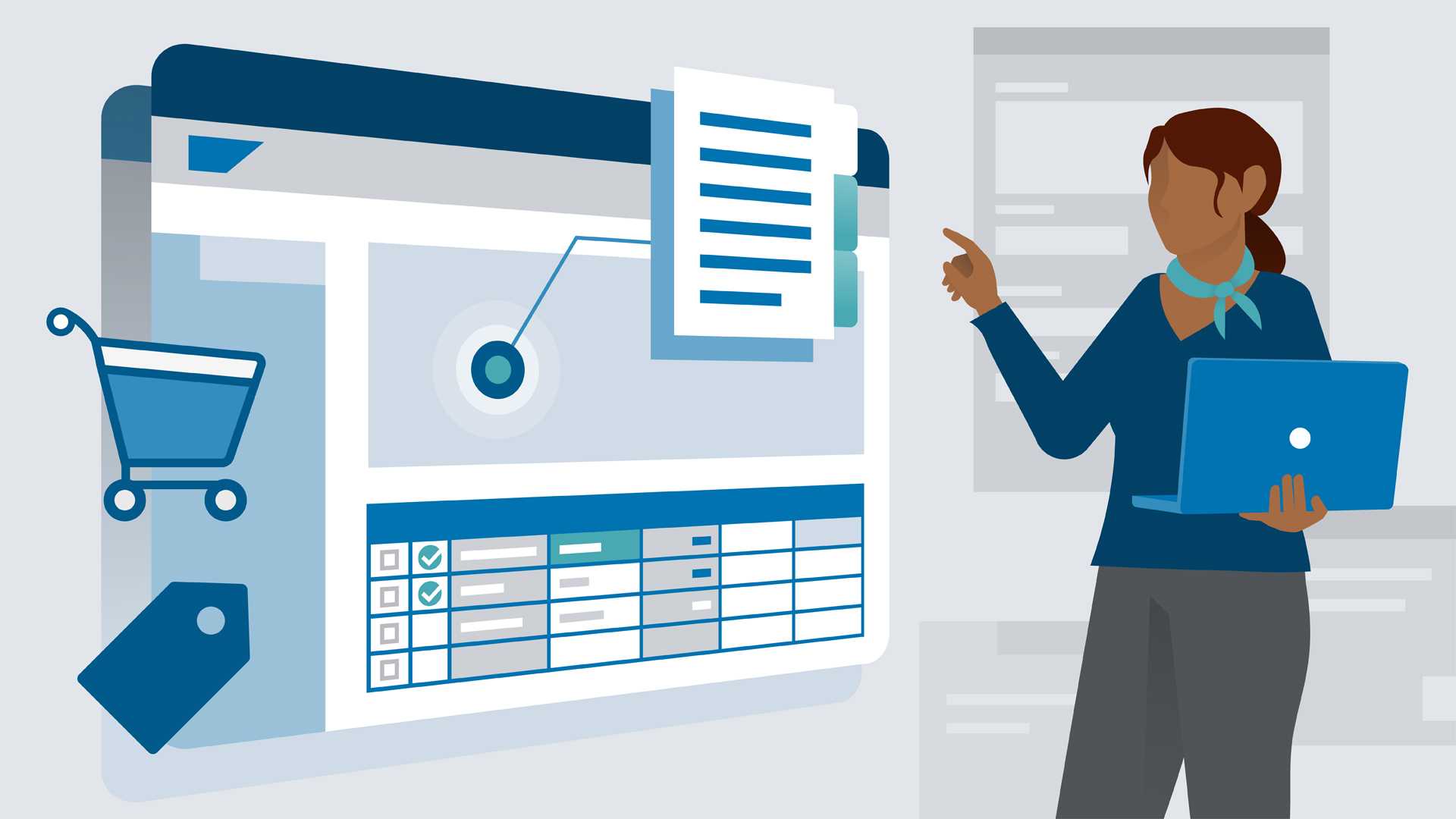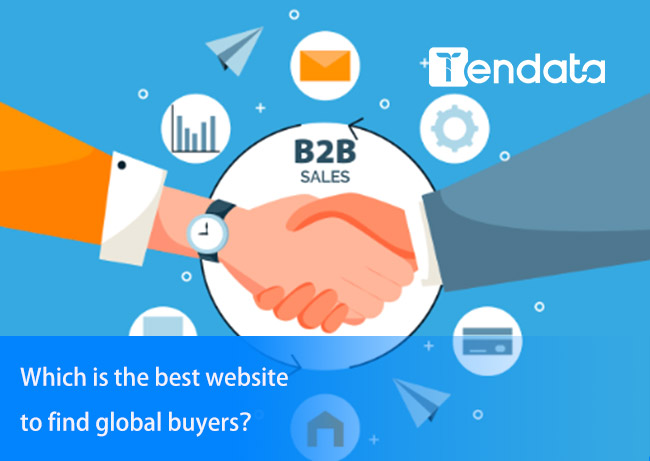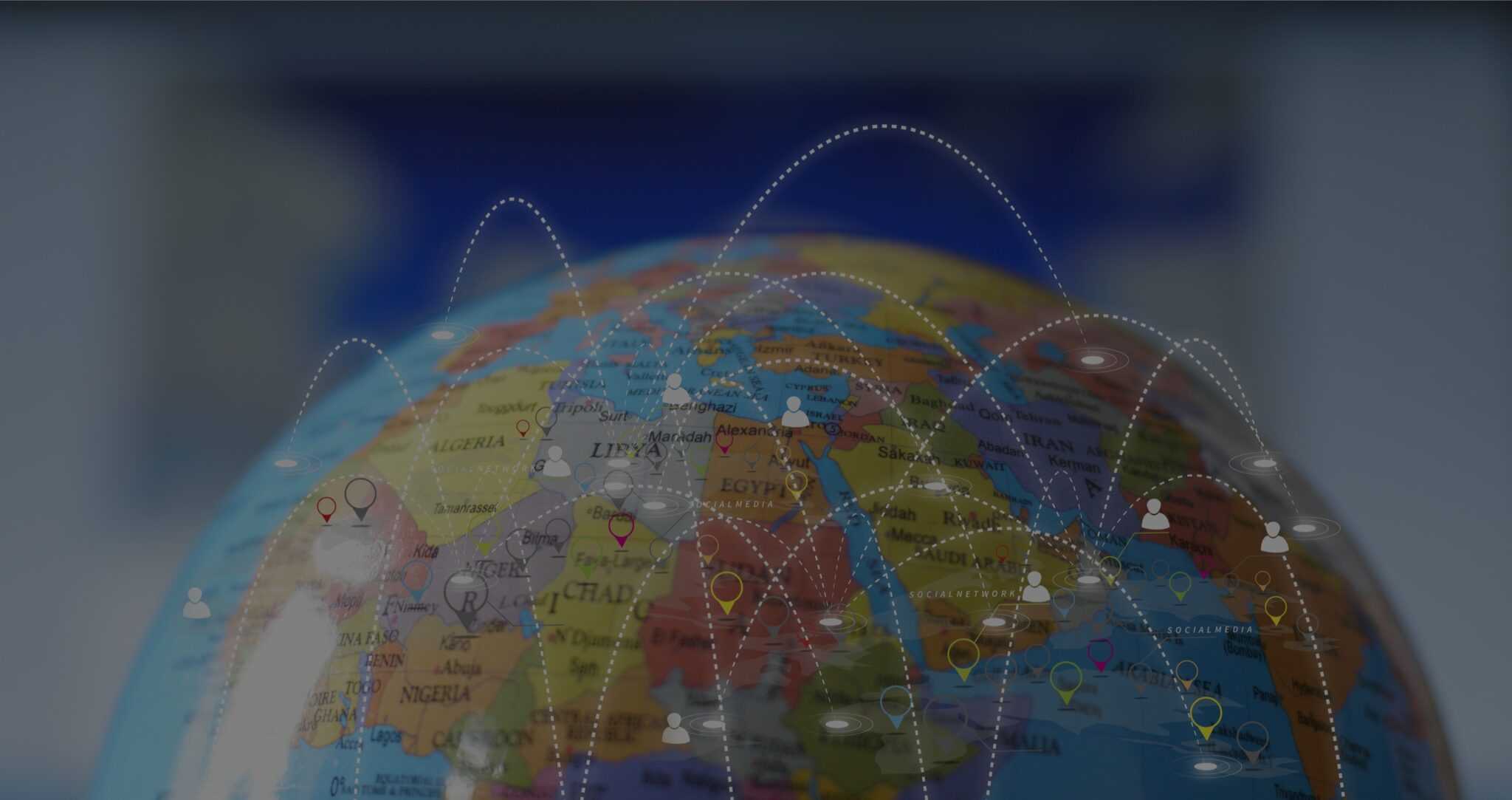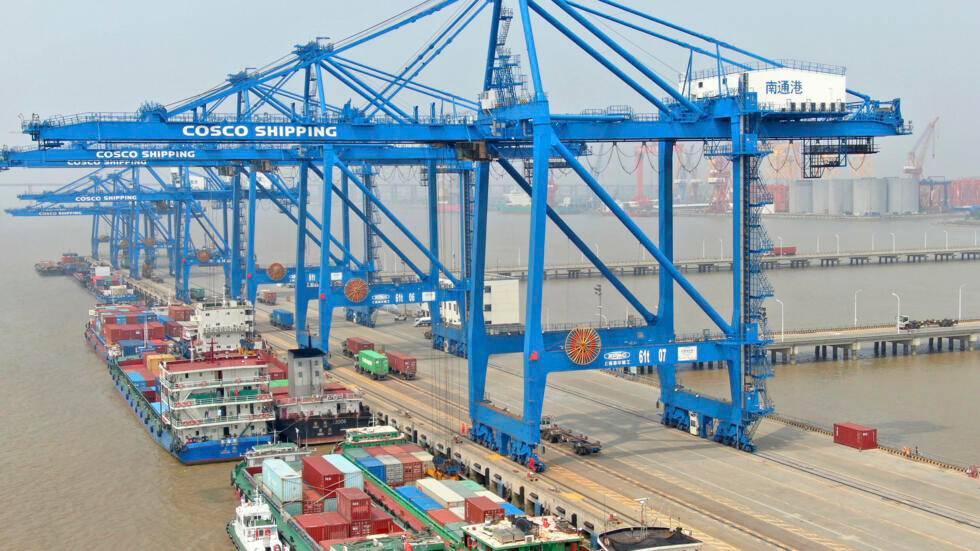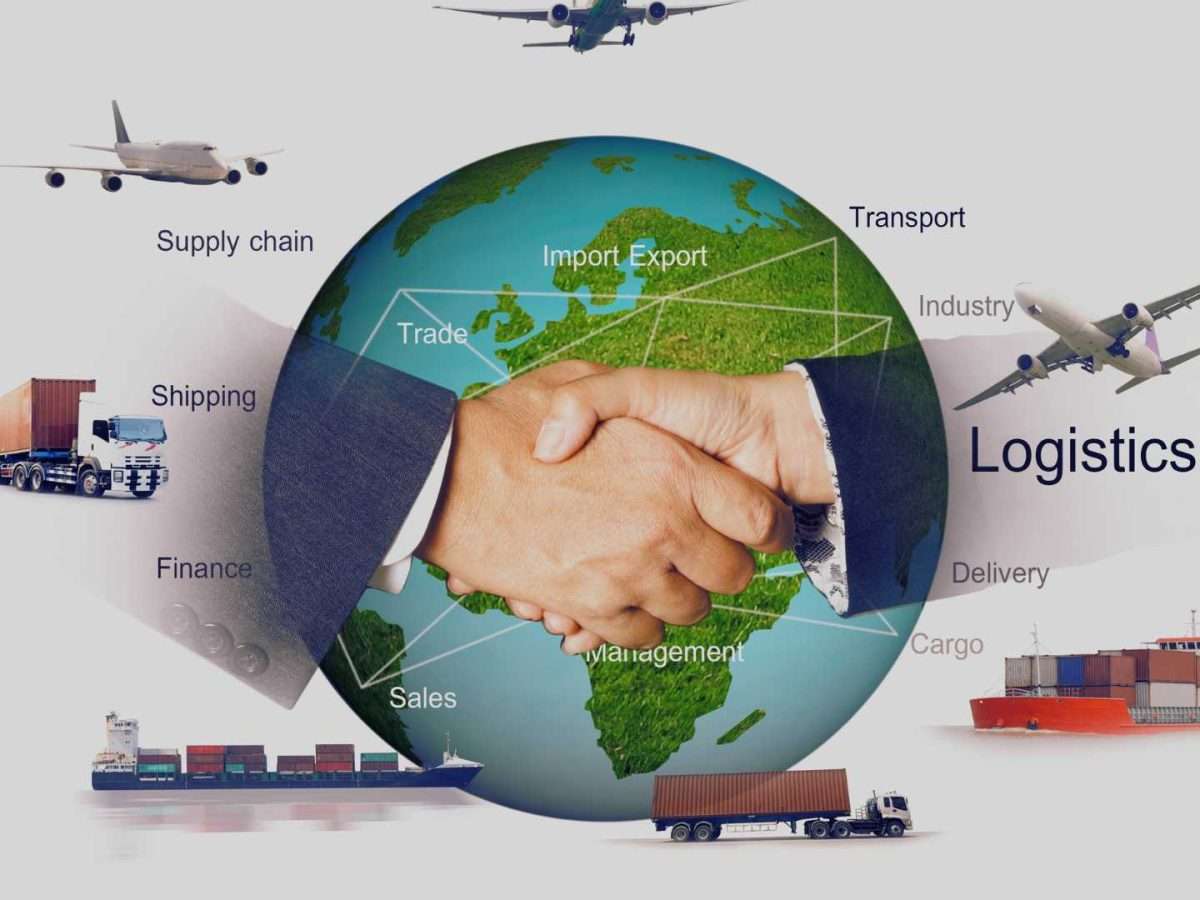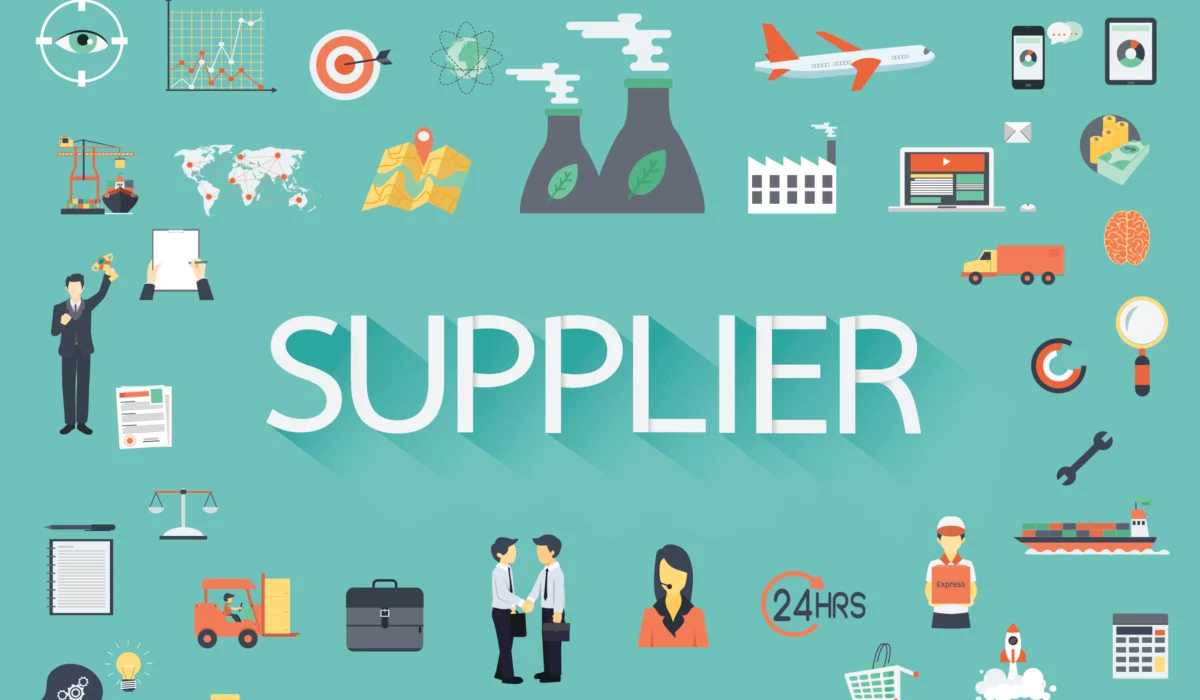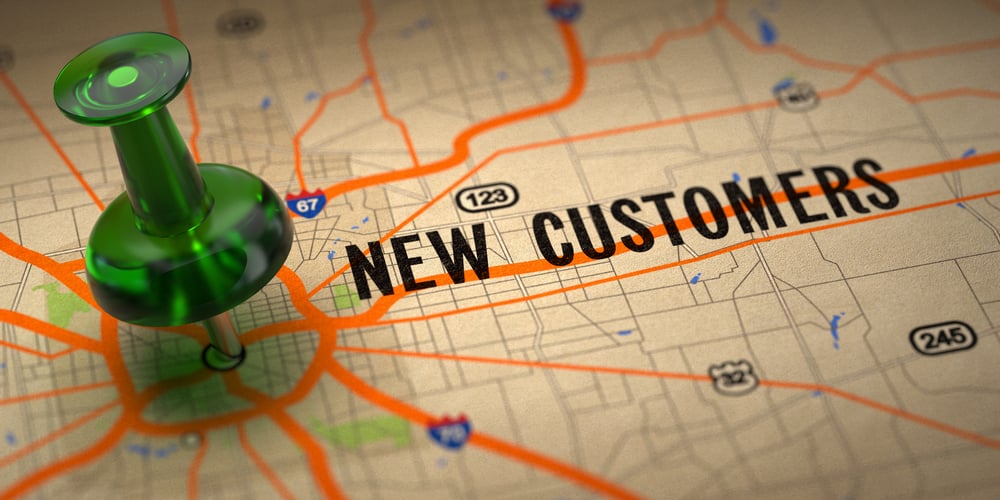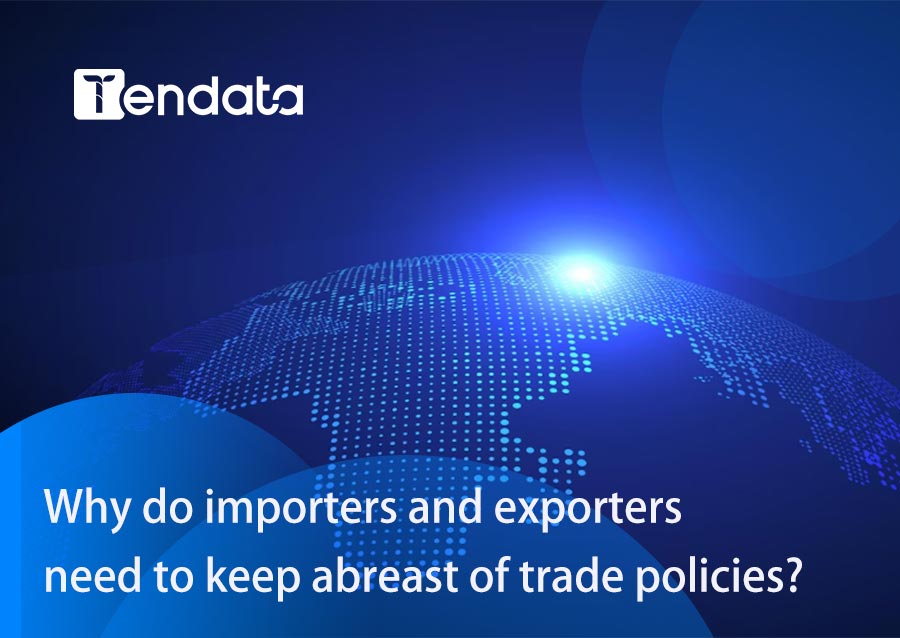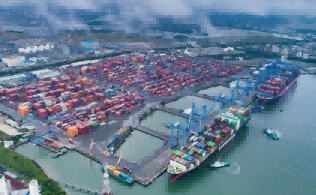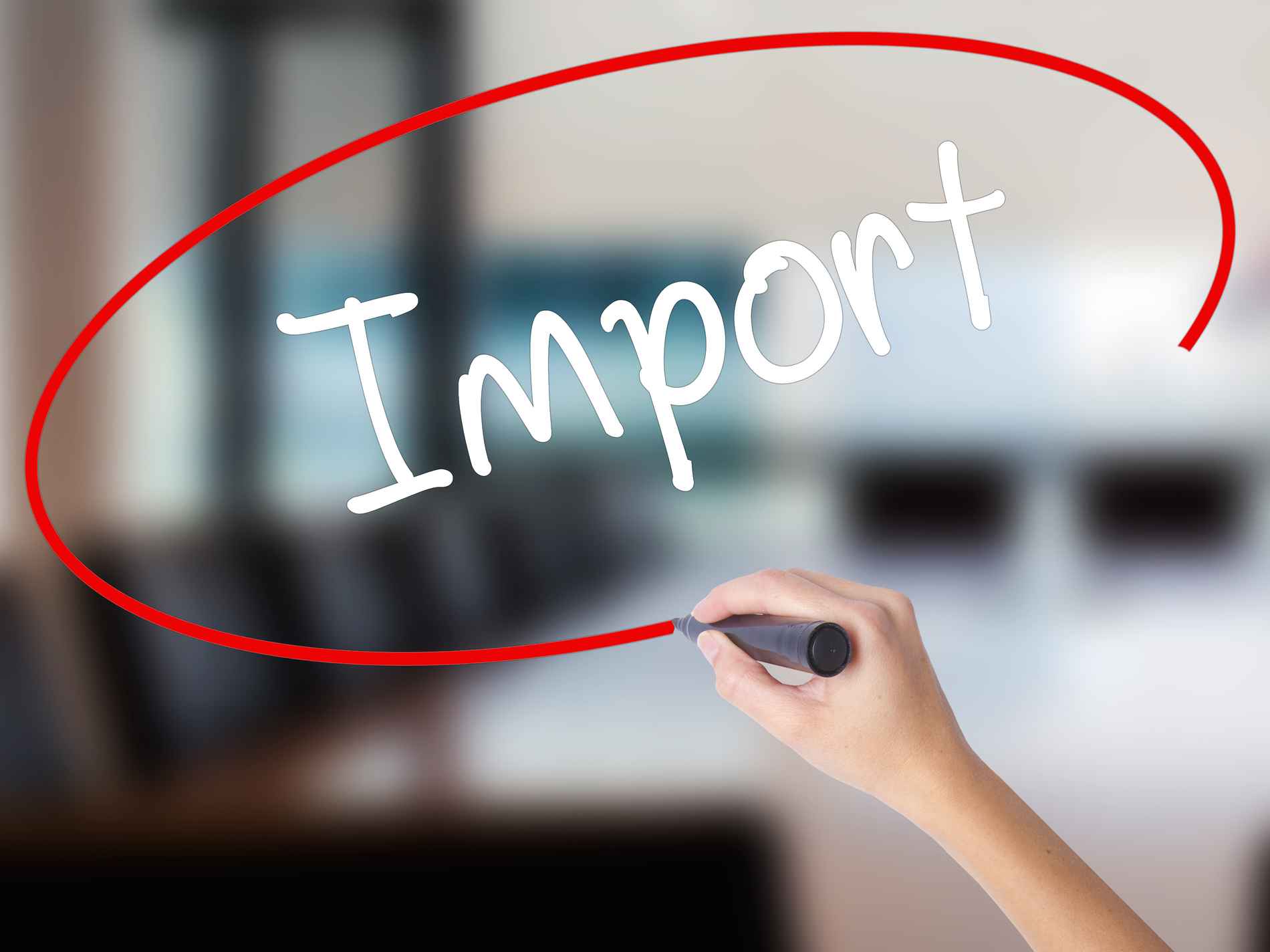 Trade Data Provider
Trade Data Provider
 15-01-2025
15-01-2025
If you're in the world of B2B trade, especially in industries like foreign trade, you know how tough it can be to stand out and grow your business in today's hyper-competitive market. Every day, companies are fighting to secure clients, manage costs, and increase sales. So, how do you stay ahead of the pack? Well, many businesses are turning to B2B lead generation tools like global trade data—and for good reason.
Let's dive into why global trade data is such a game-changer for B2B lead generation, and how it stacks up against other traditional methods like trade shows, B2B platforms, and Google ads.

The Power of Global Trade Data
Think of global trade data as your personal "business assistant"—it's like
having a crystal ball that gives you a clear view of international trade
transactions. By using this data, you can easily find out who's buying and
selling products, what they're trading, when they're trading, and even details
like product prices, quantities, ports, and suppliers. This data is transparent,
so it's a goldmine for businesses looking to expand and grow.
For instance, if you're looking to target countries like India or Vietnam, global trade data can tell you exactly who is doing business in these markets, what products they're buying or selling, and even their contact info. This level of detail can save you hours of guesswork and research. You don't just have to guess whether a lead is legitimate or reliable—you can see their transaction history, making it easier to identify high-potential customers for B2B lead generation.
How Global Trade Data Helps in B2B Lead Generation
So, why is global trade data so crucial? Let's break it down:
1. Finding Real Buyers and Sellers
Traditional lead generation methods often leave you chasing leads that may or may not have the budget or intention to buy. With global trade data, you're looking at actual buyers and sellers—these companies have already made trade transactions. The likelihood of them becoming your clients is much higher.
2. Analyzing Supply Chains and Purchase Cycles
Want to know how often a company buys a certain product? Global trade data gives you a peek into their purchase cycles and supply chain. For example, you can figure out whether a business buys products seasonally, or if they consistently need certain goods. This helps you time your outreach and craft a pitch that matches their needs.
3. Monitoring Competitors
Not only does global trade data help you find new leads, but it also allows you to keep an eye on your competition. You can see who your competitors are trading with, what they're selling, and at what price points. This insight can be incredibly valuable when adjusting your own strategies to stay competitive in the B2B lead generation game.
4. Less Guesswork, More Confidence
One of the biggest pain points in lead generation is not knowing if your leads will actually convert. With global trade data, you have the data to back up your efforts. You know exactly who you're dealing with, so your time and energy aren't wasted on cold leads that are unlikely to convert.
>>Find New Customers by Tendata Global Trade Data<<
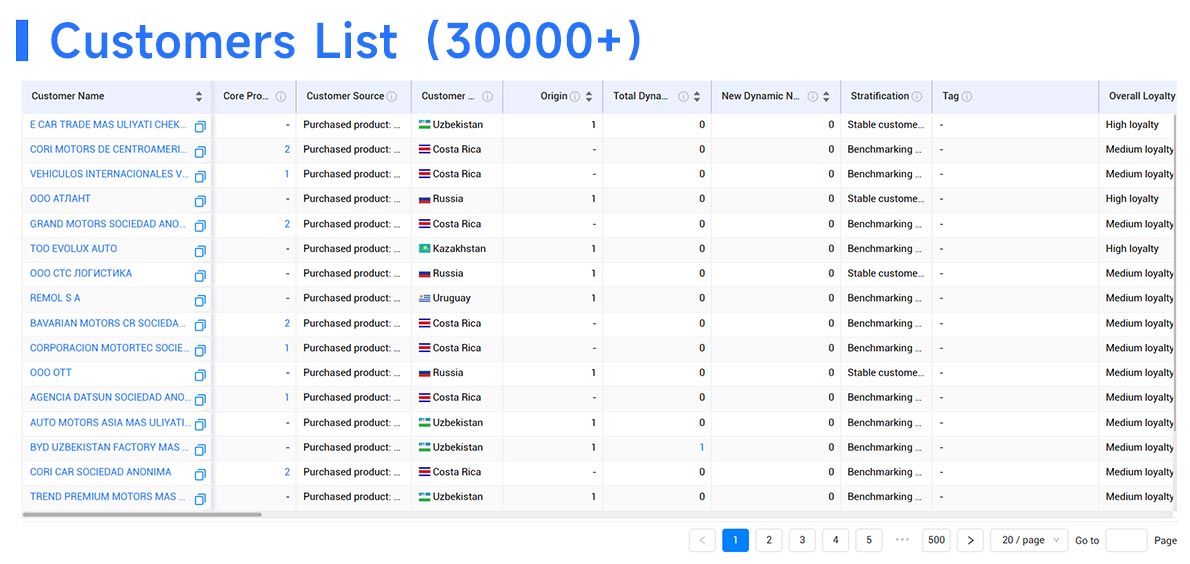
Other B2B Lead Generation Methods: How Do They Compare?
While global trade data is a powerful tool, there are still other methods
that many businesses use for B2B lead generation. Here's a quick rundown of the
most common ones and how they stack up:
1. Trade Shows
Trade shows have always been a go-to for B2B lead generation. And let's be honest—they work. You get face-to-face time with potential clients, and you can showcase your products or services in person. But there's a catch: the cost. Big trade shows can be expensive. You're looking at fees for booth space, travel, and promotional materials. Not to mention, finding the right trade shows is key—don't think you can just show up at any random event and expect success. If you're not careful, you could end up spending a lot of money without seeing much return.
2. B2B Platforms
Many businesses also turn to B2B platforms (like Alibaba, TradeIndia, or Made-in-China) to find leads. These platforms can be useful, but there are downsides. First, the membership fees vary drastically—from a few thousand dollars to hundreds of thousands. And second, the leads you get are often more generalized and less targeted. You're competing against tons of other businesses for the same customers. Plus, many of these platforms rely on algorithms that split up the leads, which can make it hard to track and follow up effectively.
3. Google Ads
Paid advertising, particularly through Google Ads, is another option many businesses use. With Google, you can target specific keywords related to your business and drive traffic to your site. If you do it right, it can be very effective. But here's the problem: a lot of companies end up wasting money on poorly targeted keywords or inefficient campaigns. Without proper keyword research and management, you could easily blow through thousands of dollars without seeing any real results.

Why Global Trade Data Is the Future
The reason so many companies are turning to global trade data is simple: it's
a product of the internet and the connected economy. The world is more
transparent than ever, and the internet (along with data platforms) is making it
easier to gather and analyze business data.
By using global trade data, you're bridging the information gap—you're no longer just relying on intuition or traditional methods that might not be as effective. The internet and IoT (Internet of Things) are the future, and global trade data is the tool that allows you to tap into that future today.
Think about it: when you have access to real, actionable data, you're in a much stronger position to make informed decisions. Whether you're analyzing a company's purchasing habits, identifying a new market, or checking out your competitors, global trade data can help you make smarter moves.
Global Trade Data: A Winning Advantage for B2B Lead Generation
So, when you compare global trade data to the other methods—trade shows, B2B
platforms, and Google Ads—it becomes clear that global trade data offers real,
tangible advantages. It gives you access to up-to-date, transparent information
about buyers, suppliers, and markets. It helps you monitor competitors and
optimize your own strategies. And most importantly, it allows you to confidently
target businesses that are already actively engaged in trade, increasing your
chances of success in B2B lead generation.
In today's competitive market, where everyone is trying to find the next edge, global trade data is quickly becoming an essential tool for forward-thinking businesses. If you're serious about growing your business and improving your B2B lead generation efforts, it's time to start leveraging this data. After all, the more informed you are, the more successful you'll be.
Category
Leave Message for Demo Request or Questions


 T-info
T-info T-discovery
T-discovery

 My
Tendata
My
Tendata Market Analysis
Market Analysis Customer
Development
Customer
Development Competitor
Monitoring
Competitor
Monitoring Customer Relationship
Customer Relationship



